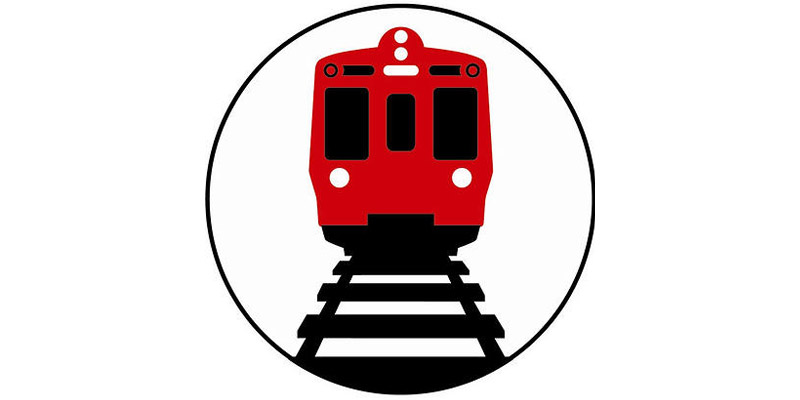
Since the derailment last year in Bridgeport, commuters have become increasingly restless; to many, the ongoing problems, late trains, and seeming lack of communication about these and other issues are making commuters, who spend hundreds of dollars a month on commuter passes, restless about the quality of the service they’re receiving.
Jim Cameron, a transportation advocate and a former member of the state’s Rail Commuter Council, where he resigned last year, has announced his latest commuter advocacy effort, the Commuter Action Group, which is designed to mobilize those frustrated by the ongoing issues and start to make their frustrations more publicly known by speaking about it on social media, writing the various leaders who can bring about change, and develop ways to more broadly push for better service for the public at large.
https://www.youtube.com/watch?v=Asd1i4mgfmk
One of Cameron’s first steps was to release the Commuter Manifesto to set the tone for what commuters expect when they buy their passes and commute on Metro-North. Many of the items Cameron asks for – clean, reliable trains, accountability, good communication, learning from mistakes, etc. – are common sense and things that most businesses are forced to contend with to survive.
It’s a good idea that can pair well with the existing council, but it’s hard to help but think that there’s only so much the railroad can do without additional funding. While rate increases the past few years in Connecticut have gone into play, a recent study released by the Regional Plan Association concluded that $3.6 billion in investments is needed just to catch the New Haven Line up and resolve serious deficiencies that exist.
As such, I hope the council will also push to see a better funding pattern from the states that run Metro-North; commuters on the line pay the highest percentage of total operating expenses versus other commuter rails, and that to me implies that the states are not putting up their share of the funds to keep service at good levels. There’s all sorts of aging infrastructure that puts the line at risk, from the catenary wires that still aren’t completely replaced, to a number of 100-year-old-plus bridges that fail to close properly.